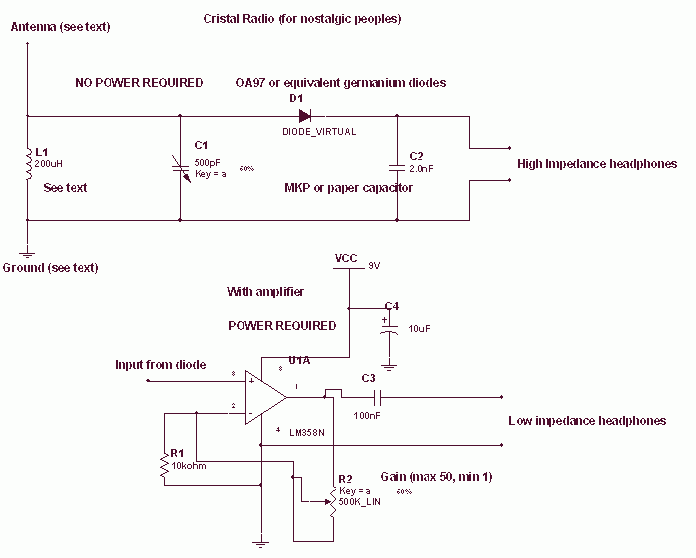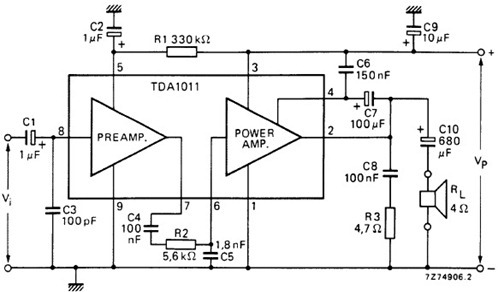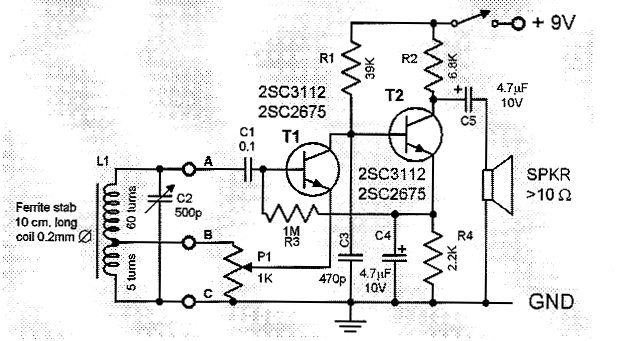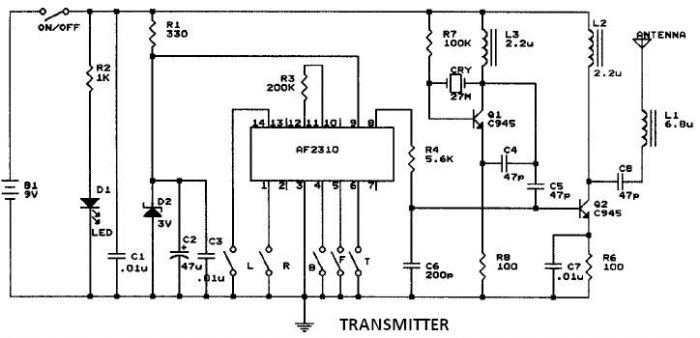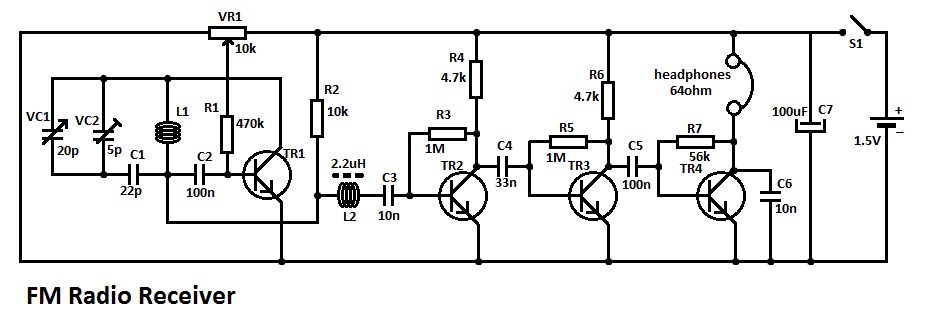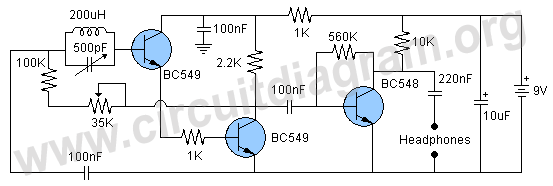
SDR Transforms Amateur Radio
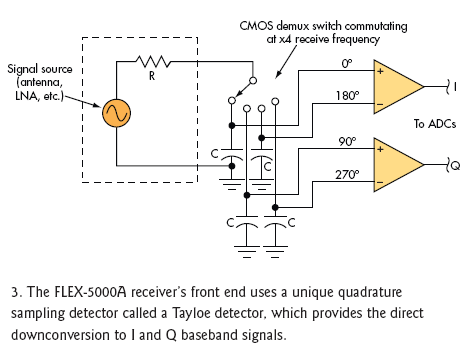
Software-defined radios (SDRs) are utilized in various communication fields, including amateur radio and shortwave listening.
Software-defined radios (SDRs) represent a significant advancement in communication technology, allowing for flexibility and adaptability in radio frequency applications. Unlike traditional radios that rely on hardware components for signal processing, SDRs utilize software to perform modulation, demodulation, and other signal processing tasks. This software-centric approach enables users to customize their radios for specific applications, including amateur radio (ham radio) and shortwave listening (SWL).
In an SDR system, the core components typically include an analog-to-digital converter (ADC), a digital signal processor (DSP), and a software interface. The ADC converts incoming analog signals into digital form, which is then processed by the DSP. The DSP executes various algorithms for filtering, demodulation, and decoding, allowing the SDR to operate across a wide frequency range and support multiple communication protocols.
The software component of the SDR is crucial, as it allows for updates and modifications to be made without the need for hardware changes. This flexibility is particularly beneficial for amateur radio operators who may want to experiment with different modes of communication, such as single sideband (SSB), frequency modulation (FM), or digital modes like PSK31 and FT8.
Furthermore, SDRs can be integrated with additional technologies such as GPS for precise timing and location-based applications, enhancing their functionality in various communication scenarios. The ability to leverage open-source software platforms also encourages innovation and collaboration among users, resulting in a continually evolving landscape of communication capabilities.
Overall, the implementation of software-defined radios has transformed the landscape of communication technologies, offering versatile solutions for both hobbyists and professionals in the field.Software-defined radios (SDRs) are used in all areas of communications including ham radio and SWL 🔗 External reference
Software-defined radios (SDRs) represent a significant advancement in communication technology, allowing for flexibility and adaptability in radio frequency applications. Unlike traditional radios that rely on hardware components for signal processing, SDRs utilize software to perform modulation, demodulation, and other signal processing tasks. This software-centric approach enables users to customize their radios for specific applications, including amateur radio (ham radio) and shortwave listening (SWL).
In an SDR system, the core components typically include an analog-to-digital converter (ADC), a digital signal processor (DSP), and a software interface. The ADC converts incoming analog signals into digital form, which is then processed by the DSP. The DSP executes various algorithms for filtering, demodulation, and decoding, allowing the SDR to operate across a wide frequency range and support multiple communication protocols.
The software component of the SDR is crucial, as it allows for updates and modifications to be made without the need for hardware changes. This flexibility is particularly beneficial for amateur radio operators who may want to experiment with different modes of communication, such as single sideband (SSB), frequency modulation (FM), or digital modes like PSK31 and FT8.
Furthermore, SDRs can be integrated with additional technologies such as GPS for precise timing and location-based applications, enhancing their functionality in various communication scenarios. The ability to leverage open-source software platforms also encourages innovation and collaboration among users, resulting in a continually evolving landscape of communication capabilities.
Overall, the implementation of software-defined radios has transformed the landscape of communication technologies, offering versatile solutions for both hobbyists and professionals in the field.Software-defined radios (SDRs) are used in all areas of communications including ham radio and SWL 🔗 External reference
